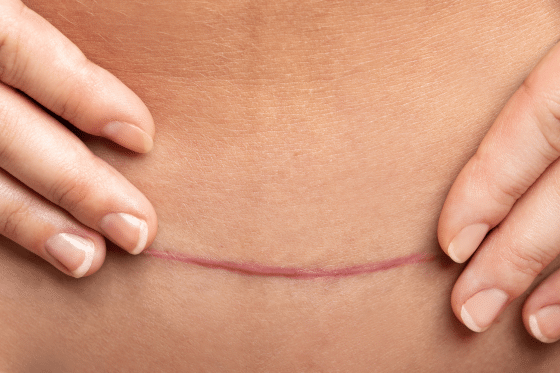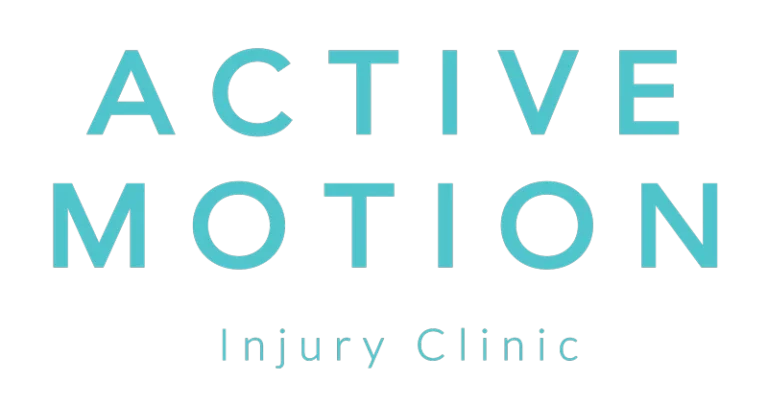
Why C-Section Scar Therapy Is Important for Long-Term Happiness
If you’ve had a C-section, you may be familiar with the physical and emotional changes that come with it. While the procedure itself is life-changing, so is the recovery process. One area many women overlook during their recovery is scar tissue.
At Active Motion Injury Clinic, we specialize in C-section scar therapy, which is essential for promoting healing, reducing discomfort, and improving mobility.
Here’s why C-section scar therapy matters and how it can help you reclaim your strength and wellness after surgery.
1. How C-Section Scarring Affects Your Body
Your body undergoes significant changes during and after a C-section. While the incision may heal over time, the underlying tissue can develop scar tissue that limits your movement and causes discomfort.
Restricted Mobility – Scar tissue can adhere to deeper tissues, restricting movement in the abdominal and pelvic areas.
Chronic Pain – Some women experience pain or discomfort due to tight scar tissue pulling at the surrounding muscles and skin.
Emotional Impact – Scarring can have emotional and psychological effects due to concerns about the appearance and feeling of the scar.
2. The Benefits of C-Section Scar Therapy
Proper therapy techniques can significantly improve your recovery, both physically and emotionally. Here’s what scar therapy can do:
Improve Mobility – Gently releasing scar tissue adhesions restores freedom of movement.
Reduce Discomfort – Techniques like massage and soft tissue mobilization alleviate pain associated with scarring.
Prevent Long-Term Complications – Addressing scars early prevents compromised tissue integrity and muscle imbalances.
Improve Appearance – With consistent care, scar tissue can soften and flatten, improving the appearance of the scar.
3. The Best Techniques for Scar Therapy
We use effective, non-invasive techniques to support healing and restore function to the area affected by the C-section scar.
Scar Mobilization – Massage and gentle tissue manipulation break down the scar tissue and promote healthy tissue regeneration.
Myofascial Release – This therapy technique releases tension in the fascia, the connective tissue that surrounds muscles, helping to restore movement and reduce tightness.
Posture & Alignment Corrections – C-section scars can affect postural alignment. We’ll guide you on how to adjust posture to relieve tension.
Stretching & Strengthening Exercises – Once the scar tissue is addressed, we help you build strength and improve flexibility to prevent future problems.
4. The Importance of Starting Scar Therapy Early
The earlier you address your C-section scar, the better your recovery will be. Waiting too long can lead to long-term complications such as persistent pain, reduced mobility, and postural imbalances.
Starting therapy within 6 months of the surgery can give you the best chance for full recovery.
5. When to Seek Professional Help
If you notice any discomfort or tightness around your scar, or if you’re struggling with restricted movement, professional help is key.
At Active Motion, we offer specialized treatments tailored to your unique needs. Whether you want to improve the appearance of your scar or restore function to your abdominal area, we’re here to guide you through the process.
Conclusion
C-section scar therapy is vital to your recovery and overall well-being. It promotes healing, reduces pain, and restores mobility. By addressing scar tissue early, you can reclaim your strength and feel better in your body.
Call 023 8104 0304 or click here to book a free discovery visit and take the first step towards a more comfortable and active life.
More Free Resources:
Why Do I Have Sciatica But No Back Pain? – Active Motion
Over Coming Lower Back Pain Over 40: Understanding and Managing the Struggle – Active Motion
Back Pain Treatment Eastleigh, Portsmouth – Active Motion Injury Clinic
Request A Call Back
If you'd like to get more information or discuss your condition with a professional, use the form to register for your FREE call back.
Free Consultation
Schedule your free consultation so we can learn more about your pain and how we can fix it.
Find Out Cost & Availability
Enquire about the pricing and availability of our services.
